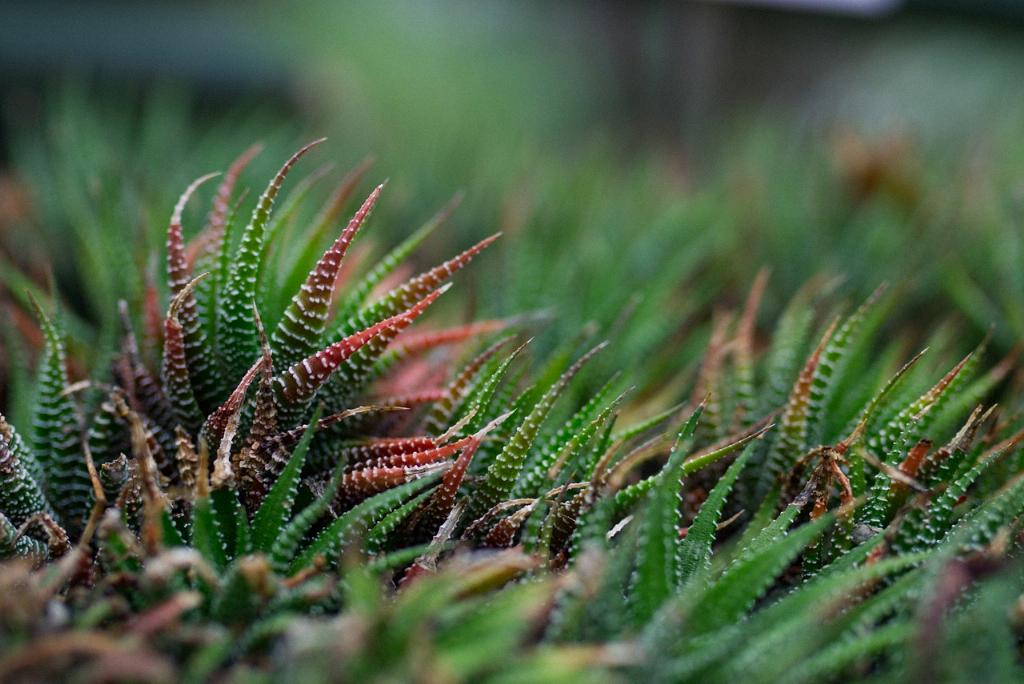If you’ve noticed your succulent looking a bit under the weather, the culprit might be overwatering. Succulents are known for their ability to store water in their fleshy leaves, but too much water can lead to root rot and other issues.
Assessing the Damage: Signs of Overwatering
Before you can save your succulent, you need to identify the signs of overwatering. Mushy roots and stems, yellowing leaves, and a droopy appearance are all indicators that your succulent has had too much water.
Step 1: Prune Away Damaged Parts
The first step in saving your succulent is to remove any mushy roots and stems. Use a pair of clean pruning shears to carefully trim away the damaged sections, ensuring you leave behind healthy tissue.
Step 2: Prepare Fresh Potting Soil
Next, prepare a fresh potting mix suitable for succulents. A well-draining mix, such as a combination of cactus soil and perlite, will help prevent waterlogged conditions that can harm your plant.
Step 3: Repot the Succulent
Carefully repot your succulent in the prepared soil, ensuring the roots are covered and the plant is stable. Choose a pot with drainage holes to prevent water from collecting at the bottom.
Step 4: Allow for Recovery Time
After repotting, give your succulent some time to recover. Place it in a well-lit area with indirect sunlight, allowing the plant to gradually adjust to its new environment.
Step 5: Adjust Watering Routine
To prevent overwatering in the future, adjust your watering routine. Succulents prefer to dry out between waterings, so only water when the top inch of soil feels dry to the touch.
Step 6: Monitor Plant Health
Keep a close eye on your succulent in the coming weeks. Look for signs of new growth, such as fresh leaves or shoots, which indicate that your plant is on the path to recovery.
Step 7: Provide Proper Care
Continue to care for your succulent by providing adequate sunlight, well-draining soil, and proper air circulation. Avoid overcrowding plants and monitor for pests or disease.
Step 8: Troubleshooting Issues
If your succulent shows signs of distress despite your efforts, consider additional factors such as temperature, humidity levels, and overall plant health. Consulting with a plant expert or joining a gardening community can provide valuable insights.
Step 9: Celebrate Success!
As your succulent starts to thrive once again, celebrate your success in saving a beloved plant. Each green leaf and vibrant bloom is a testament to your dedication and care.
Final Thoughts
Saving a succulent from overwatering requires patience, attention to detail, and a willingness to adapt your care routine. By following these steps and monitoring your plant’s progress, you can rejuvenate your succulent and enjoy its beauty for years to come.

